The January to do list is a gangly beast, the chimeric Obligations Monster most of us hope will go away if—per The Simpsons—we just don’t look. It doesn’t, unfortunately, and our usual escapes don’t help either. TV and Internet are already blaring tax commercials at us (“Come get your refund!” OR “Come find out how much you owe the government, you fool!”).
Yes, January has plenty of competing priorities—and we’re guessing “build a stylish yet economical and functional at-home bar” doesn’t rank high on that list. At least not above “get health insurance” or “use health insurance to finally get that weird Florida-shaped rash checked out.”
But don’t worry, we’ve come up with some easy cocktail bar hacks, taking the essential tools of any good bar and finding reasonable and fairly common substitutions, tools and equipment most people already have on hand. So you can plan a late-January cocktail party and still get that rash checked out. Especially if you start to see the outline of the Florida Keys…
COCKTAIL BAR HACKS
The Mixing Glass—The Pint Glass
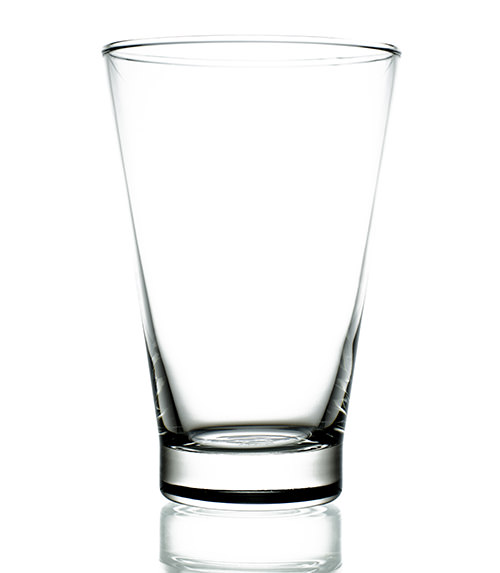
If you’re a beer drinker, or a water or juice drinker, you’ll probably have a tall, fairly sturdy glass. If it’s a pint glass, great, since they’re usually thick enough to withstand the awkward stirrings and muddlings of the amateur bartender.
The Muddler—A Wooden Spoon
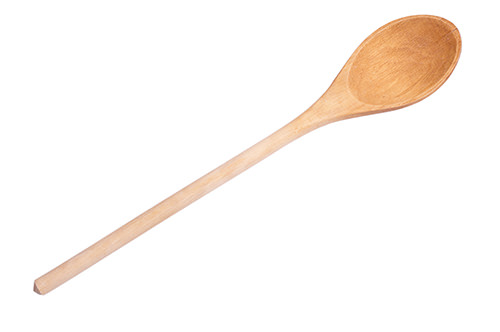
We’re not talking the spoon-end, that’s not likely to fit into the glass. You’ll want to invert the sucker and use the handle end to (gently) punch down on the mint leaves or citrus or whatever it is you’re muddling at the bottom of your sturdy pint glass.
The Boston Shaker—Inverted Cups
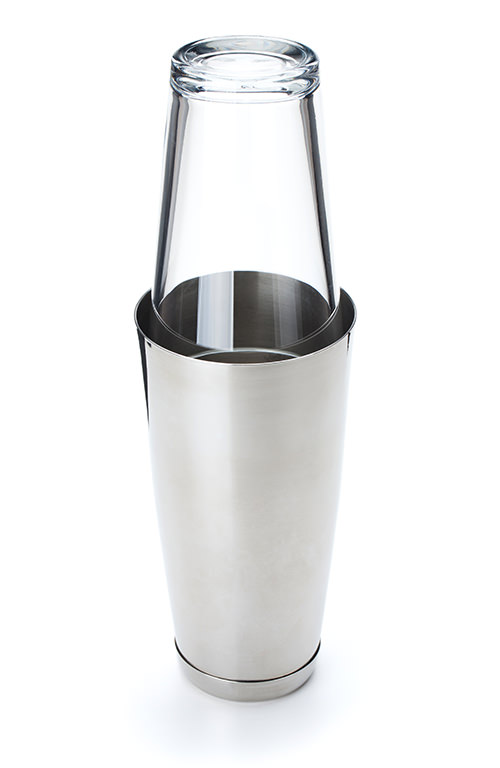
Provided you have a cup with a mouth wider than your “mixing” pint glass (but not so wide it never catches at the side of your pint glass) all you need to do to is invert the wider cup over your shaker (presumably filled with ingredients and ice by this point) and push it down gently until it catches (can’t go any further down the glass). Once you’re sure it’s secure, you can go ahead and shake—gently at first, as an experiment, then a bit more confidently. No need to overshake or go full Cocktail here, since you’re probably working with breakable materials. And the enemy of a drinkable cocktail is broken glass.
The Cocktail Strainer—Another Strainer
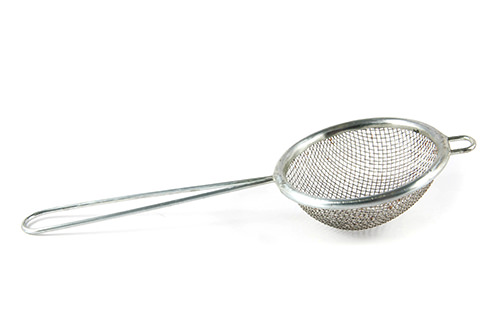
If you’ve got a kitchen and enjoy pasta, chances are you have a strainer on hand. And unless it’s some very weird kind of strainer, you should be able to pass the majority of a cocktail through it the same way you’d strain it through the strainer of an actual mixer. A smaller strainer like this tea strainer works even better, since you may be able to invert that over the top of your “mixing glass.” Note: If the strainer is too fine-meshed, it may ruin the consistency of a drink containing egg white, e.g., a Pisco Sour.
The Jigger—A Measuring Cup
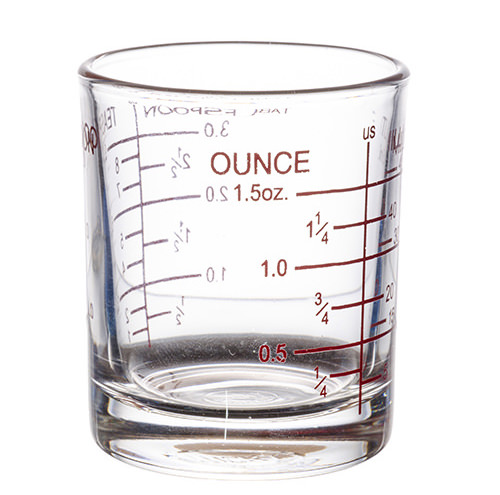
Jiggers come in two sizes: 1 ounce to ½ ounce and 1 ½ ounces to ¾ ounce. The easiest, and potentially more accurate, substitution is a measuring cup with ounces labeled, like the OXO Mini Angled Measuring Cup—you can pour from above and watch your reading as the liquid fills up. If you can find a smaller 2-ounce measuring cup, that’s great. Though with a larger measuring cup, if you’re making a small batch of cocktails (and why not) and you’re good at math, you can triple or quadruple your recipe and it’ll still fit in the measuring cup. (With a jigger, you’d just have to pour and repeat, which delays the actual drinking.)
Bar Spoon—Any Long-Necked Spoon
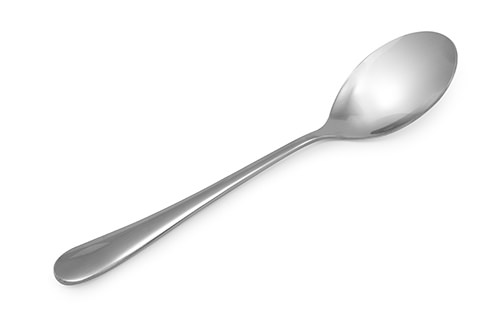
Worst case scenario, you use a regular spoon here—you’ll just lose out on some of the maneuverability and finesse that a thin, long-necked bar spoon is capable of. Since the bar spoon is used for stirred drinks, the most important factor is mixing thoroughly—not chaotically, not like you’re mashing up a bowl of ice cream to make ice cream soup, but carefully, close to the outside rim of the glass, and for a while, maybe 20 or 30 rotations, to ensure all ingredients are integrated into a silky, smooth whole. So especially if you only have a regular spoon, repetition is key.

